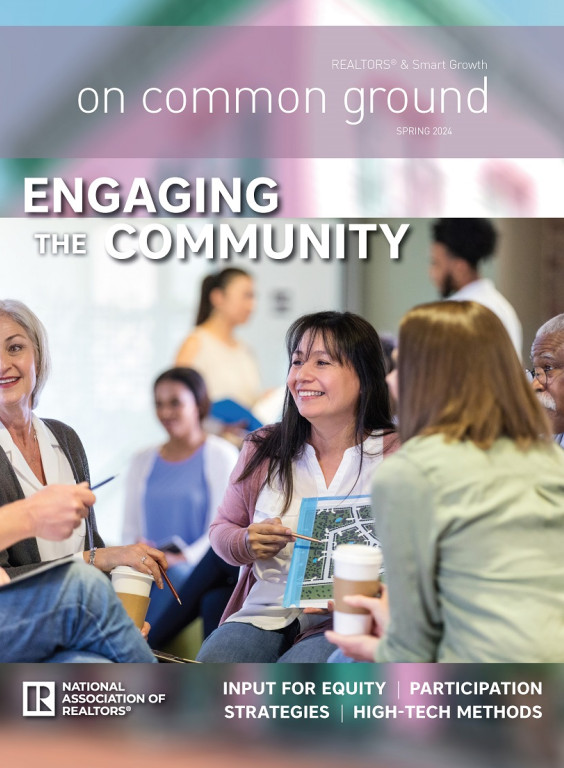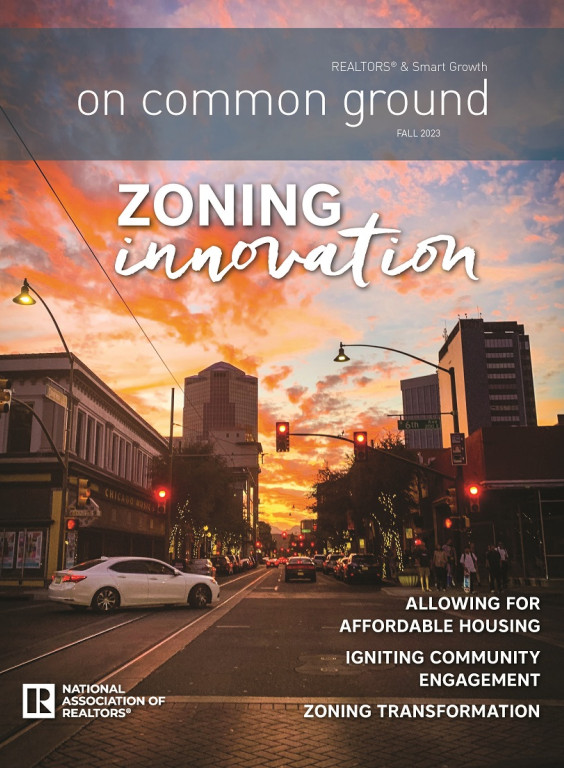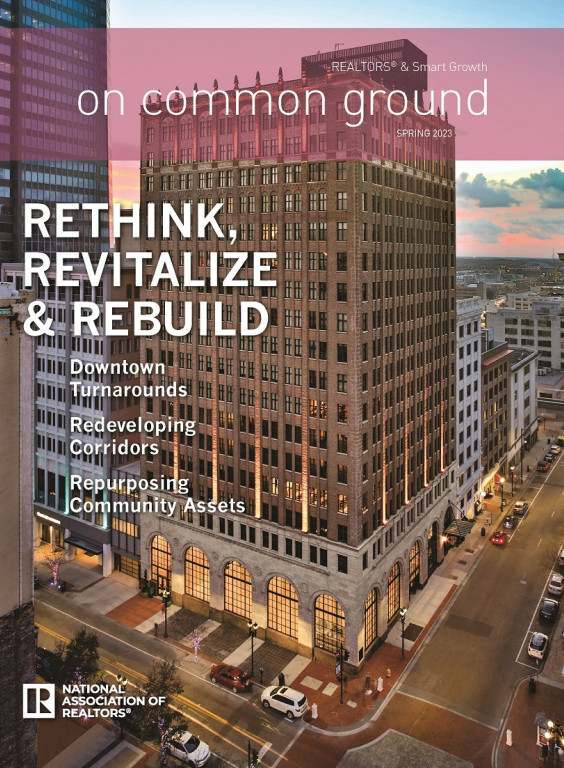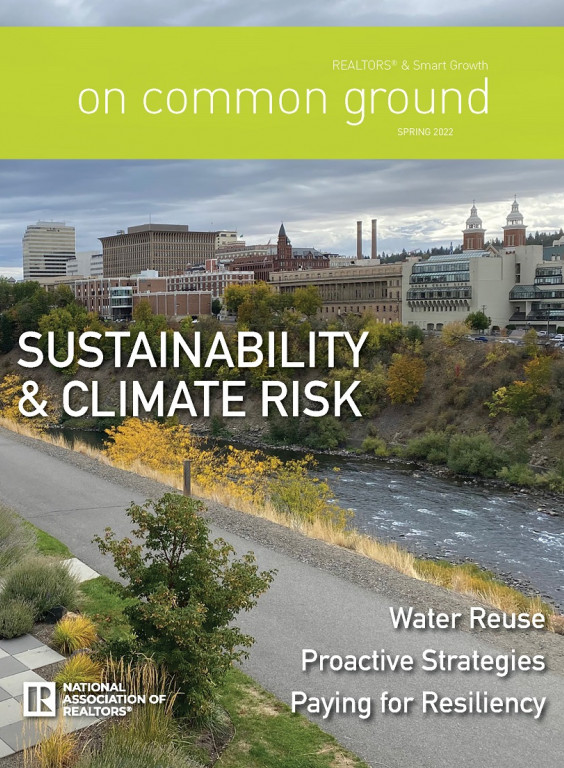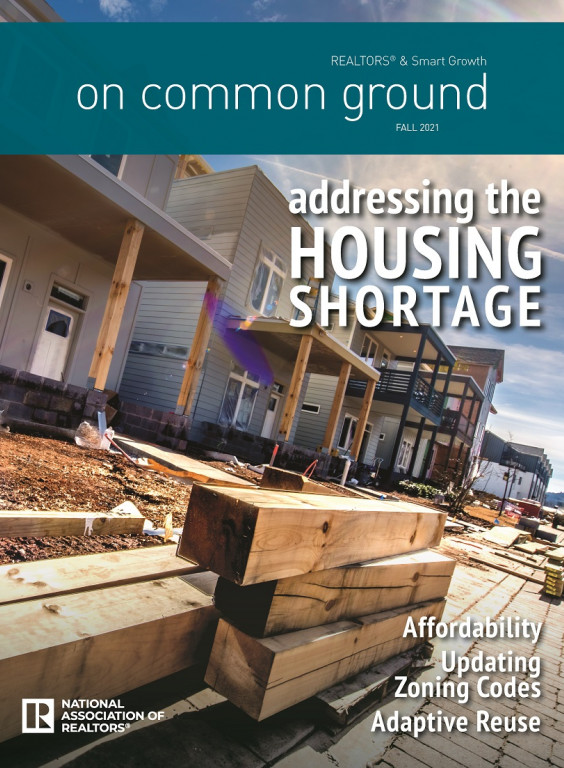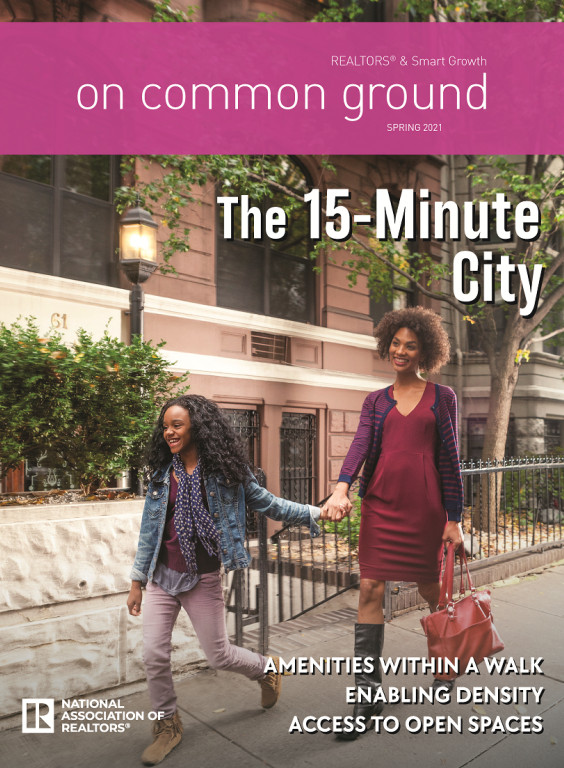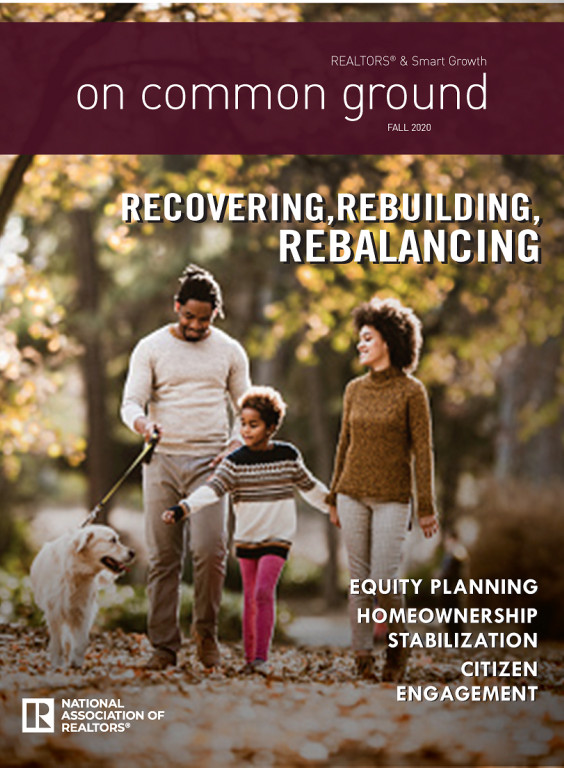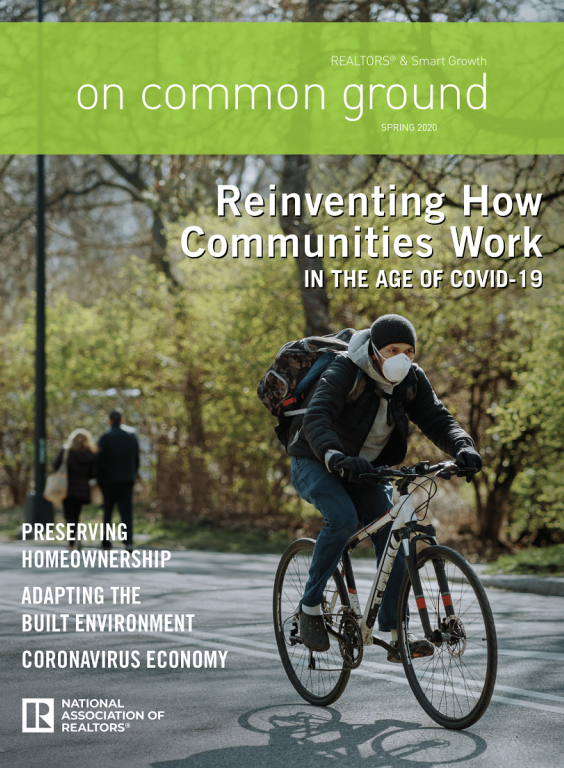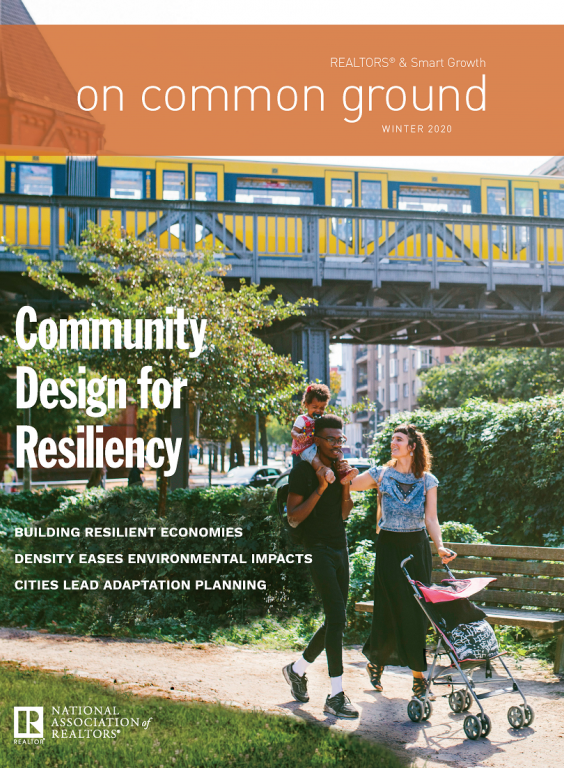Strong metropolitan markets are experiencing the beginning of what portends to be a major trend for decades — the redevelopment of well-located, low-density suburbs into more intense mixed-use communities. Older shopping centers, with their acres of underused parking lots, are ripe for this type of development; and a location near public transportation is increasingly seen as a needed ingredient for success. As reflected in several articles in this issue, the digital world is bringing new ways of doing things to real estate development.
Download (PDF: 6.83 MB)
In This Issue
America’s home builders are getting back to work. Through the first eight months of 2013, residential construction starts were up 19 percent.
Micro-unit apartments and condominiums have become the latest housing option for Millennials and a growing number of single and two-person households.
According to NAR's latest biennial Community Preference Survey, Americans want to live in walkable neighborhoods.
Is crowd-sourced design—using the Internet and social media as tools for maximizing the participation of the host community—the answer to getting a project permitted?
How companies like Fundrise are using the internet and crowdfunding to raise money and enthusiasm for projects.
When it comes to transforming downtowns into bustling, pedestrian friendly areas, many cities are turning to streetcar lines.
Architects, planners, and others are urging the market to focus on more modestly sized housing choices, on medium-density, single-family locations.
Around the country, new and creative work spaces are popping up and re-inventing shared space.
Passenger trains figure large through the Northeast, along the West coast, and Chicago. How do trains animate their towns, or how might they again?
The U.S. relies on the “gas tax” for upkeep of roads and bridges. Now, cars are getting more efficient, and people are driving less per person.














